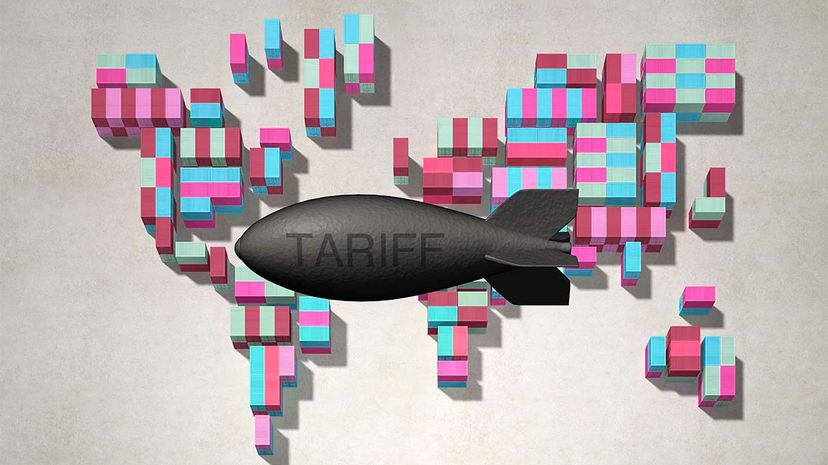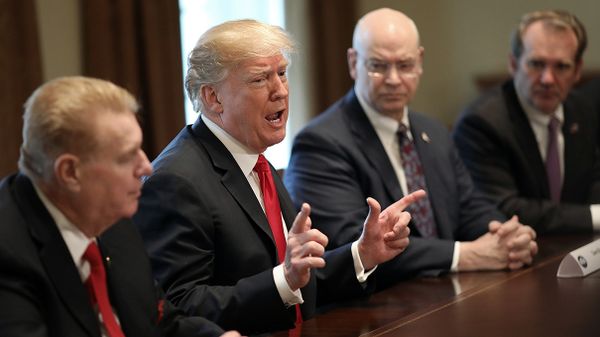
On May 10, 2019, the Trump administration increased tariffs on $200 billion worth of Chinese exports from 10 percent to 25 percent. The increase is the latest skirmish in a trade war that's been rapidly escalating since 2018 — a trade war in which Donald Trump has attacked what he views as unfair Chinese trade practices and demanded that the country buy more American products to reduce the U.S.-China trade deficit, which totaled $376 billion in 2017. The Chinese responded to the latest increase expressing "deep regret over the development" and plan to take "necessary countermeasures."
These tariffs aren't the first from the Trump administration has imposed against China. On July 10, 2018 the administration hit China with 10 percent tariffs on $200 billion worth of imports, a penalty that has since affected the prices that U.S. consumers pay for scores of products, ranging from computers to luggage.
Advertisement
Chinese officials quickly responded retaliated, adding their own tariffs on U.S. products, and stepping up border inspections of U.S. goods, and holding up licenses for U.S. companies to do business in China.
Trump is also waging trade wars on other fronts. In May 2018, according to The Hill, Trump imposed steel and aluminum tariffs on Canada, Mexico and the European Union. The U.S.'s neighbor to the north immediately counter-punched, with Canadian Prime Minister Justin Trudeau announcing that it would slap retaliatory tariffs on U.S. exports to Canada.
It's hardly the first time that the U.S. and other nations have become involved in such a conflict over trade. Trade wars can happen for various reasons. It could be that one nation decides that it's getting a raw deal because another nation provides subsidies to its manufacturers, so that they can export goods that are priced too low to compete with. Or it could be that a nation decides it wants to nurture its own industries by hindering their foreign competitors with protective tariffs.
Advertisement


